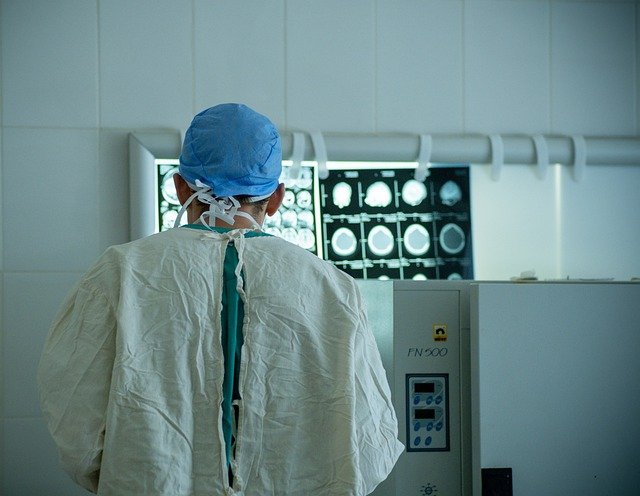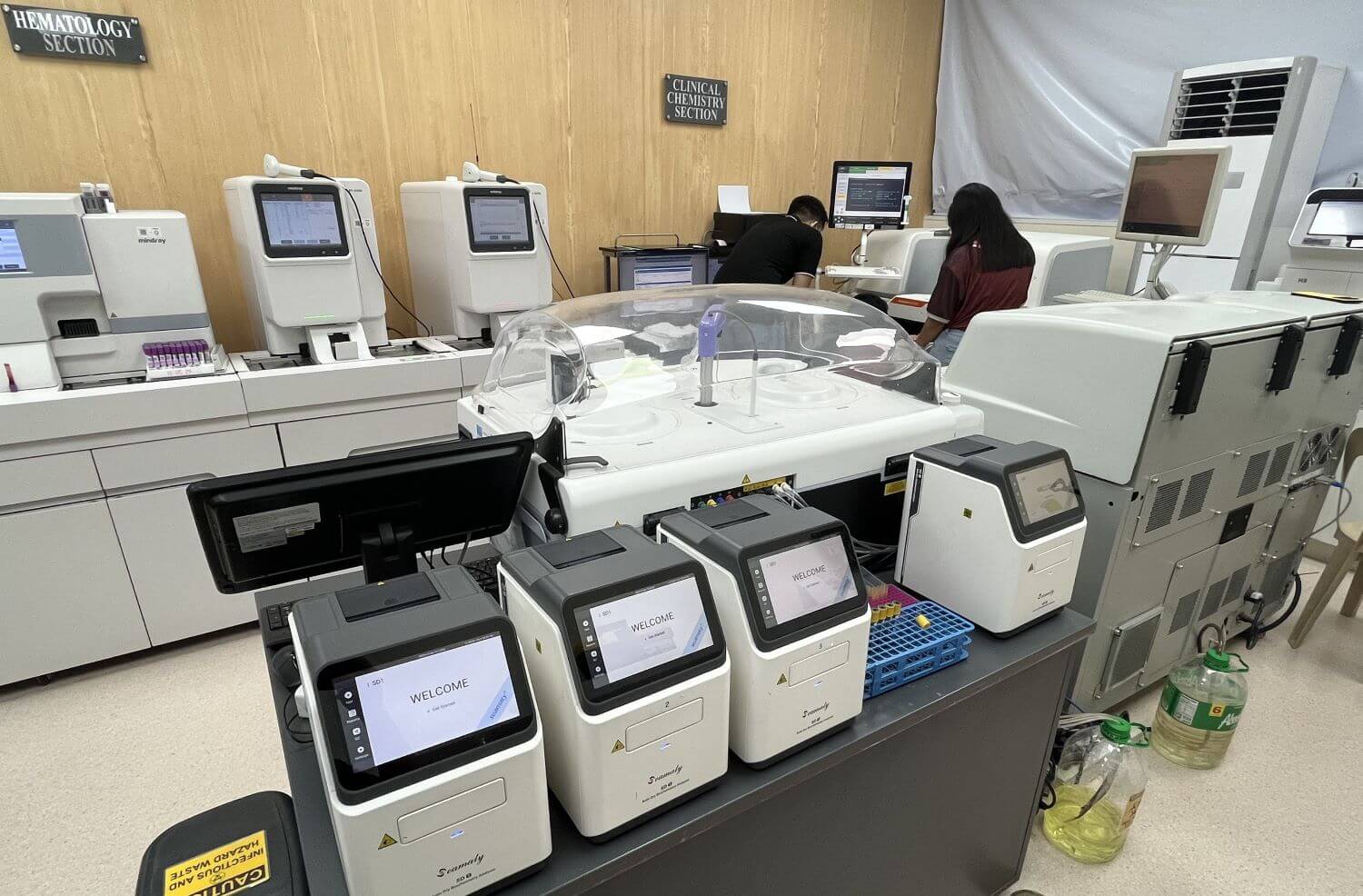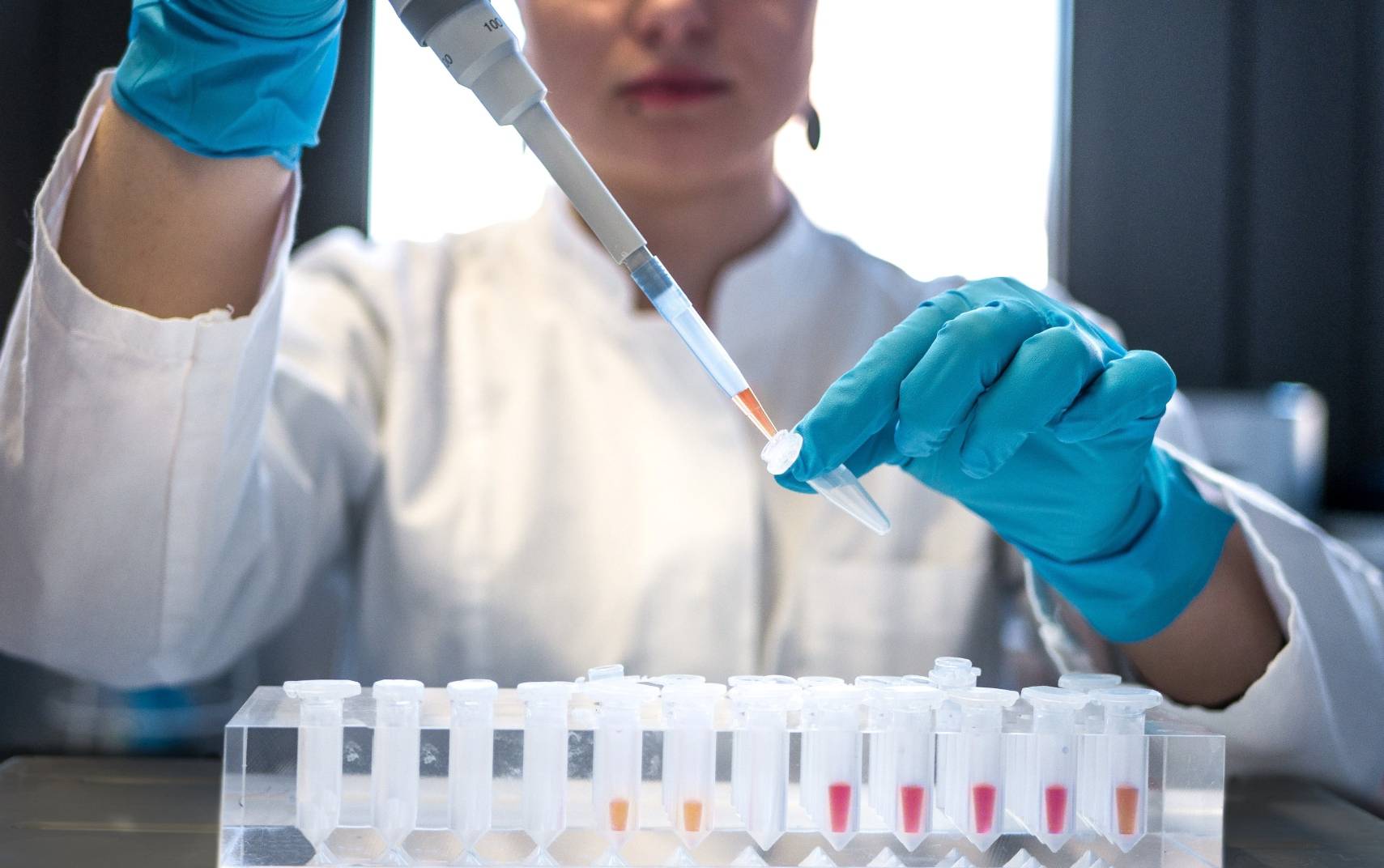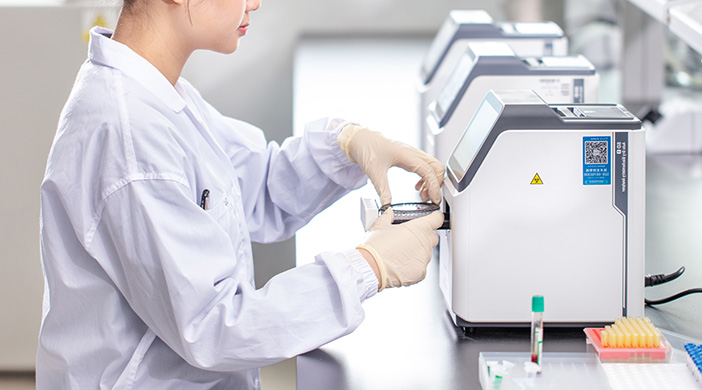release time:2022-02-17 15:51:45

The CT exam does not take particularly long to scan an area, and the scan is usually finished in about 10 minutes after the pose is completed.
More Reading
Why do pets need MRI? - Difference From DR, Ultrasound and CT?

2024-12-10
Discover how the Seamaty SD1 Dry Chemistry Analyzer is transforming physical examination centers with its fast, accurate, and cost-effective testing capabilities. Learn about its key features, diverse applications, and benefits in enhancing patient care and operational efficiency.

2022-09-23
Chemistry lab equipment is an essential part of any chemistry lab. Without it, conducting experiments would be difficult, if not impossible. There are many different types of laboratory equipment available, each designed for a specific purpose.

2022-06-09
The SD1 is a portable biochemistry analyzer for POCT, and the BS-480 is a multifunctional medium to high volume chemistry analyzer.